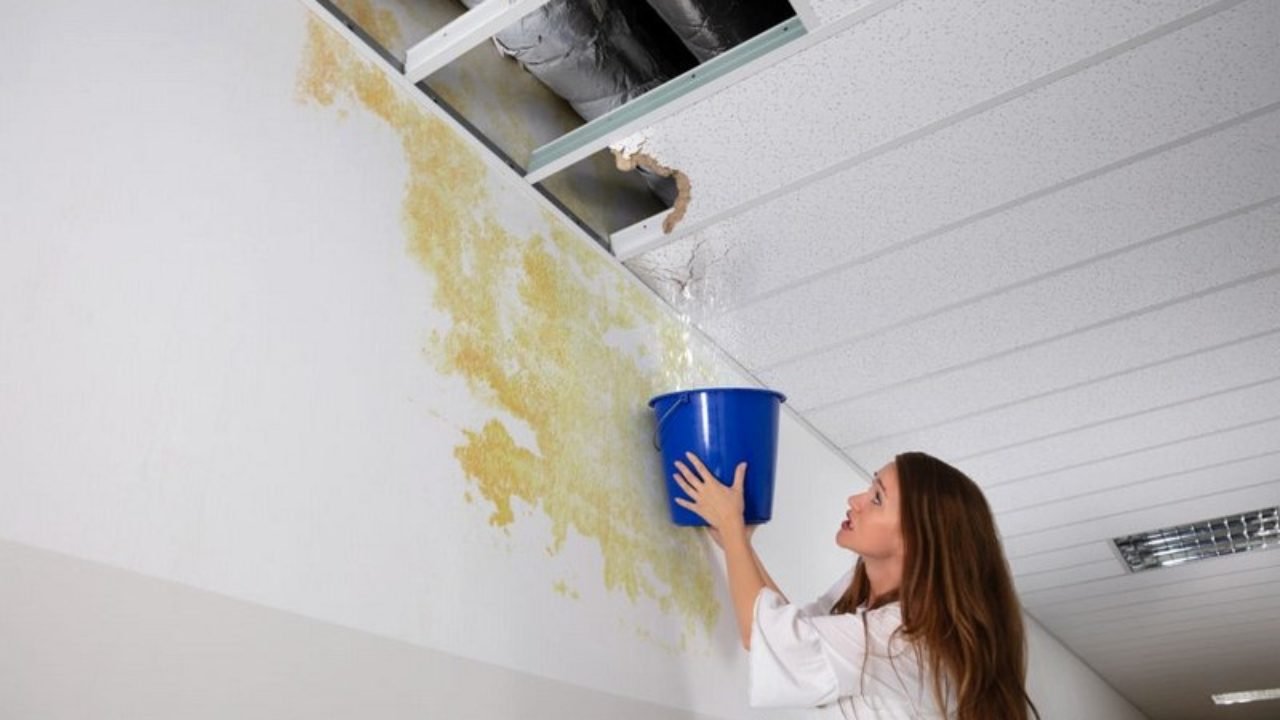Expose Typical Causes of Leakage Inside The Home
Expose Typical Causes of Leakage Inside The Home
Blog Article
Almost everyone has their own conception involving How to Find Water Leaks.

Leaks not just create waste of water yet can additionally cause unnecessary damages to your residence and advertise unwanted organic development. Water leaks might go undetected since many of the pipework in our house is hidden. By understanding and also looking for daily scenarios that trigger leakages, you can protect your house from future leaks as well as unneeded damage. Today, we will consider six leak triggers that may be causing your pipes to drip.
Encroaching roots
Most water leakages start outside your home instead of inside it. If you see an unexpected reduction in water stress, say in your faucet, take some time to head out as well as analyze your lawn. You could see damp patches or sinkholes in your lawn, which could suggest that tree roots are invading water lines creating water to permeate out. You can have your plumber check for intrusion, specifically if you have trees or hedges near your property.
Corroded water supply
This might be the reason of discoloration or warping on your water pipes. If our plumbing system is old, take into consideration changing the pipes given that they are at a higher danger of deterioration than the more recent versions.
Defective Pipeline Joints
The factor at which your pipelines link is frequently the weakest web link in the waterline. Pipeline joints can degrade gradually, causing water leakages. Sadly, most of pipeline joints are not conveniently noticeable. If you have loud pipes that make ticking or banging noises, particularly when the warm water is activated, your pipeline joints are probably under a great deal of stress. It is recommended to have your plumber inspect your system yearly.
Instantaneous temperature level changes.
Extreme temperature modifications in our pipes can create them to expand and contract all of a sudden. This expansion as well as tightening may cause fractures in the pipes, particularly if the temperature are below freezing. If you kept an eye on just how your plumbing functions, it would be best. The visibility of the previously stated circumstances often suggests a high threat.
Poor Water Connectors
At times, a leakage can be triggered by loose tubes as well as pipelines that provide your appliances. In situation of a water links leakage, you might discover water running straight from the supply line or puddles around your home appliances.
Obstructed Drains
Clogged drains pipes could be annoying and inconveniencing, however they can sometimes wind up triggering an overflow resulting in rupture pipelines. Keep getting rid of any type of materials that may drop your drains pipes that can block them to stay clear of such inconveniences.
All the above are sources of leaks yet not all water leaks result from plumbing leakages; some leaks may originate from roofing system leaks. All leakages must be repaired immediately to prevent water damages.
Leakages not just cause waste of water however can additionally cause unneeded damage to your house and also advertise unwanted organic growth. By comprehending as well as looking for daily scenarios that cause leaks, you can secure your residence from future leaks as well as unnecessary damage. Today, we will look at 6 leak triggers that may be causing your pipelines to leak.
At times, a leakage can be caused by loose hose pipes as well as pipelines that supply your home appliances. In case of a water links leak, you may observe water running directly from the supply line or puddles around your devices.
How To Check For Water Leak In Your Home
How To Check for Leaks
The average household's leaks can account for nearly 10,000 gallons of water wasted every year and ten percent of homes have leaks that waste 90 gallons or more per day. Common types of leaks found in the home are worn toilet flappers, dripping faucets, and other leaking valves. These types of leaks are often easy to fix, requiring only a few tools and hardware that can pay for themselves in water savings. Fixing easily corrected household water leaks can save homeowners about 10 percent on their water bills.
To check for leaks in your home, you first need to determine whether you're wasting water and then identify the source of the leak. Here are some tips for finding leaks:
Take a look at your water usage during a colder month, such as January or February. If a family of four exceeds 12,000 gallons per month, there are serious leaks.
Check your water meter before and after a two-hour period when no water is being used. If the meter changes at all, you probably have a leak.
Identify toilet leaks by placing a drop of food coloring in the toilet tank. If any color shows up in the bowl after 10 minutes, you have a leak. (Be sure to flush immediately after the experiment to avoid staining the tank.)
Examine faucet gaskets and pipe fittings for any water on the outside of the pipe to check for surface leaks.
Undetected water leaks can happen without the home or business owner even realizing. If you suspect a water leak, but not able to find the source. It is time to contact a professional water leak detection service, The Leak Doctor.
How To Find a Water Leak In Your Home
https://www.leakdoctor.com/blog/How-To-Check-For-Water-Leak-In-Your-Home_AE197.html

I discovered that content about Common Water Leaks In House when exploring the internet. Be sure to take the opportunity to share this page if you enjoyed it. Kudos for your time. Visit again soon.
For instant fixes, dial! Report this page